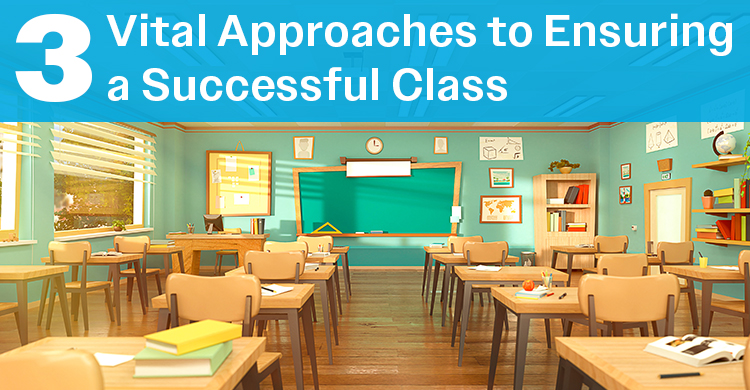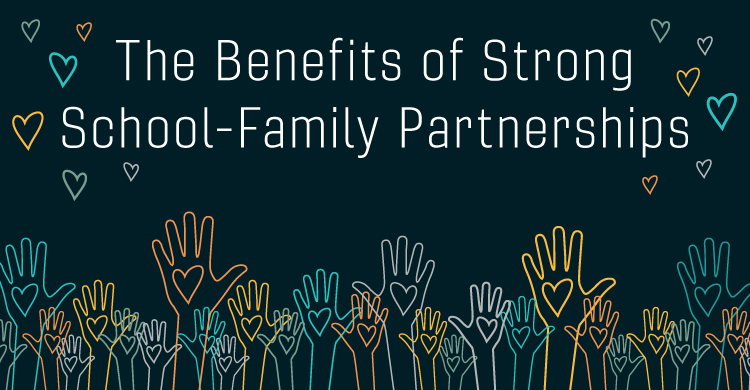In my upcoming book, Managing Unstoppable Learning, I focus on what all educators need to do to ensure learning for all students in a positive environment. In my work with schools over the last year, I have zeroed in on the notion of welcoming students to “Our House.” The analogy I am trying to impart is that we have the opportunity to help all kids learn and grow if we accept that the only things we have control over occur when they arrive at school—our house. Educators have no control over the other house kids live in, and we should stop lamenting what goes on there or, even worse, using the evidence of a lack of school-supporting strategies occurring in their homes to justify why the student can’t or won’t learn.
It sounds something like this: “Of course Tommy uses inappropriate language. That’s all he ever hears at home, and his parents don’t support our work.” How about we turn that around and instead commit to expanding the positive vocabulary of every student in our house. The lack of support in Tommy’s home should not be a deterrent; it should be a call for us to redouble our efforts. I am certain at this point in your career, many readers of this post have had a student they looked at and thought about taking home to improve the situation. That’s not an option. Making our house a positive place where we ensure all students learn and grow, academically and behaviorally, is a more logical solution.
There is a caution to this approach that also needs to be addressed, and that is related to the familiarity many educators have with school and the structures therein. While focusing on the desired behavioral attribute requisite in our house, we must also embrace that houses have changed over time, and we can’t be establishing house expectations based on parents’ pasts, but instead must work toward students’ futures. Dominique Smith, Douglas Fisher, and Nancy Frey (2015) explain how this familiarity affects our decisions:
“While our collective hearts as educators are in the right place, we tend to make decisions based on past experience. After all, we began our on-the-job training as teachers when we were five years old. Our beliefs about school, classroom management, and discipline have been shaped by decades of experience, starting in kindergarten.” (p. 2)
Educators need to be forward-thinking in the attributes that will assist students becoming successful, contributing adults. Expectations such as respect, responsibility, and safety will always be components of successful adult lives, and schools should work toward creating the positive environments that allow for these to thrive.
Positive Behavior-Management Practices
How then do we go about establishing the collective commitment of our school team to make this happen? In the book, I cite a white paper by Hierck and Peterson (2017), which notes, “Positive climates arise from the practices and rituals implemented and encouraged within a school. Students learn appropriate behavior in the same way they learn how to read—through instruction, practice, feedback, and encouragement.” They go on to suggest that the use of positive behavior management practices is related to the following outcomes:
Desired Outcomes
- Student academic engagement
- Decreased disruptive behavior
- Increase in the intrinsic motivation of students
- Increased math and reading achievement
- Development of self-management skills
- Increased positive verbal interactions
- Decreased negative verbal interactions
- Decreased transition time
- Increased peer social acceptance
- Decreased referral rates
- Happier, more resilient students
Identifying the outcomes is an important part of establishing the practices that are required. Teachers are often faced with the dilemma of clarifying what behaviors lead to these outcomes. In order to assist with this, data sets were collected over a seven-year period that chronicled more than 152 million behavior instances, as identified by teachers at 645 schools. These identified behaviors had a positive impact on students and their learning:
Behaviors That Lead to Desired Outcomes
- Shows Pride in School
- Collaboration
- Kindness
- Takes Pride in One’s Work
- Leadership
- Helps Others
- Uses Time Wisely
- Being Prepared
- Love of Learning
- Makes Good Choices
- Active Listening/Engaged
- Cooperation
- Uses Appropriate Communication
- Caring
- Self-Reliant
- Perseverance/Resilience
- Makes Insightful Comments
- Organization
- Goes Above and Beyond
Intentionally noticing these behaviors, intentionally teaching these behaviors, and intentionally celebrating the successes starts to establish what goes on in our house. This is about all students—not just those who may be struggling—as we collectively work to improve their life chances. We may not have any control over where our students come from or the experiences they’ve had. We have complete control over shaping where they are going to, arming them with the requisite skills to get there, and developing their resiliency to commit to the journey. Welcome to OUR HOUSE!
References:
Hierck, T. (2018). Managing Unstoppable Learning (Unstoppable Learning) (D. Fisher & N. Frey, eds.). Bloomington, IN: Solution Tree Press.
Peterson, K., & Hierck, T. (2017). The Positive School Culture Inventory™ (PSCI™): Purpose, Rationale, and Development. Kickboard. Retrieved from http://go.kickboardforschools.com/LP_Q217-07_MKT_PSCI-Infographic-WP.
Smith, D., Fisher, D., & Frey, N. (2015). Better Than Carrots or Sticks: Restorative Practices for Positive Classroom Management. Alexandria, VA: ASCD.
[author_bio id=”397″]





